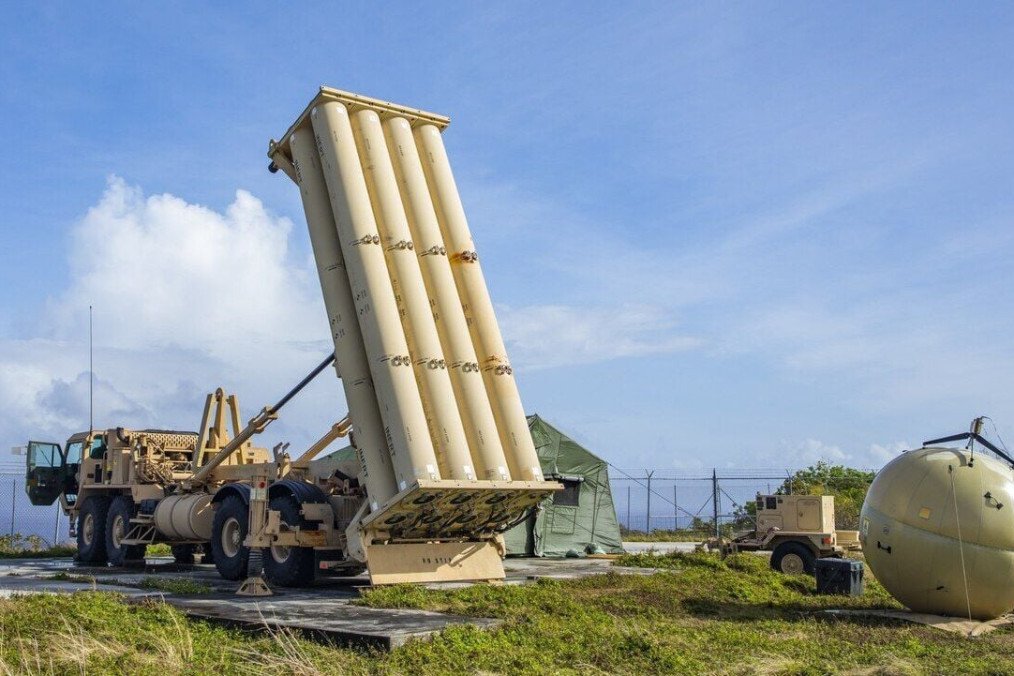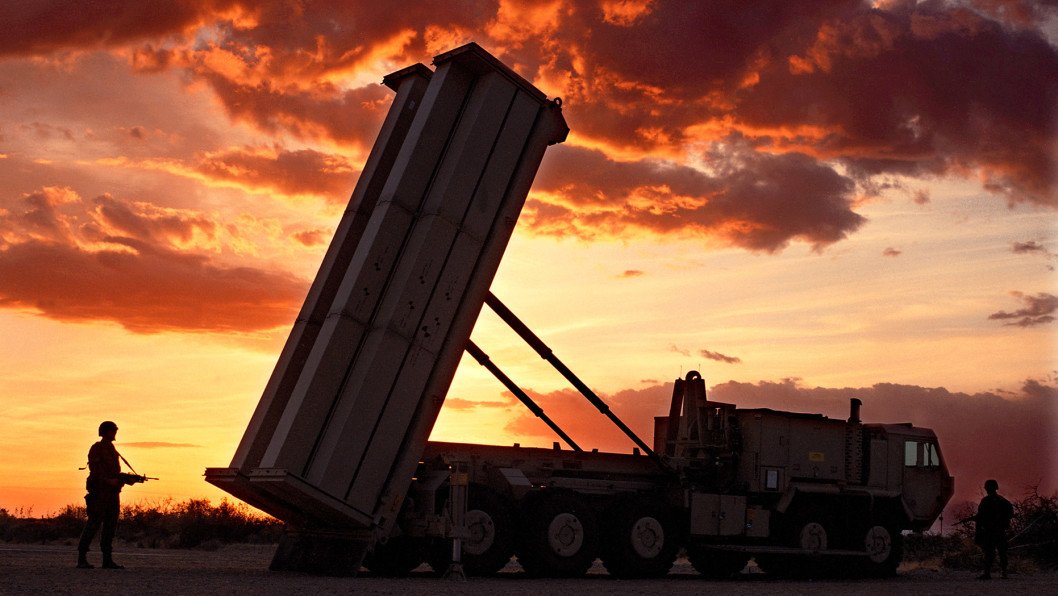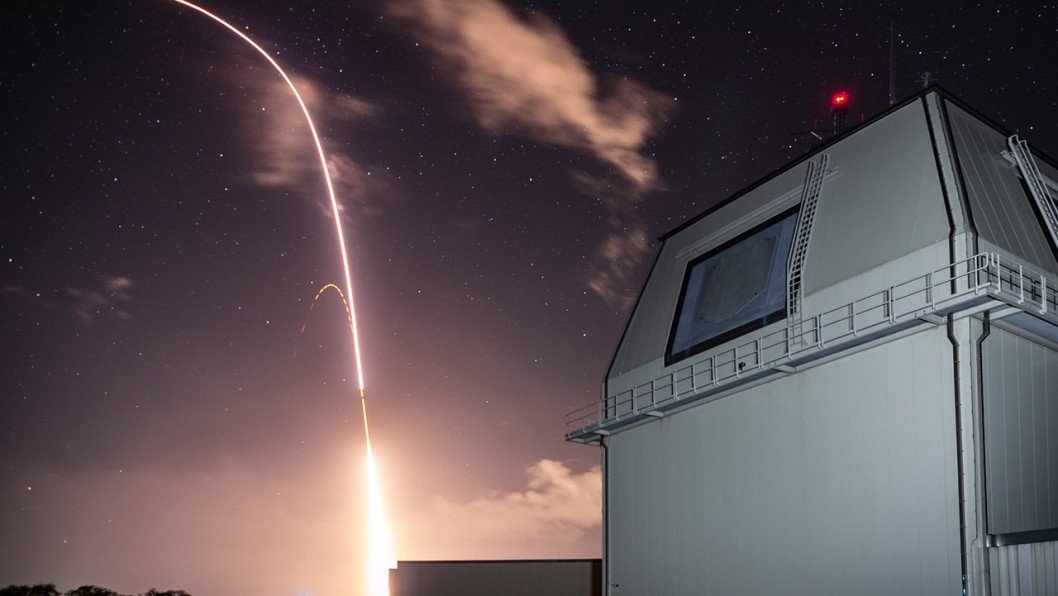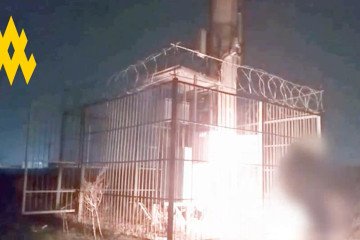- Category
- Latest news
Too Late to Shield? Potential THAAD Delivery to Ukraine Could Take Six Years or More

Ukraine’s ongoing need for modern missile defense systems remains urgent as Russia continues to deploy advanced weapons such as the Kinzhal, Zircon, and Oreshnik missiles.
However, options for acquiring effective anti-ballistic missile systems are limited globally, and delivery timelines pose additional challenges.
According to Defense Express on June 21, if Ukraine were to place an order for the US-made Terminal High Altitude Area Defense (THAAD) system today, the estimated delivery time would be no less than six years.
This assessment is based on the current pace of deliveries to the US military, which remains the system’s primary customer.

As of mid-2025, the US Army is in the process of receiving its eighth THAAD battery. Lockheed Martin, the manufacturer of the launchers and fire control components, has already delivered three launchers and a command post, with the remaining three scheduled for delivery by the end of September 2025. Each battery includes six launchers.
The radar component of the system, the AN/TPY-2, is produced by Raytheon. Currently, the US possesses seven operational THAAD batteries, two of which are reportedly deployed for the missile defense of Israel.
The timeline is further illustrated by the contract for the eighth battery, which was signed in 2022, with delivery expected in 2028. Based on this timeline, even on-schedule deliveries would involve a six-year waiting period, which would also apply to any future export order, including a hypothetical one from Ukraine.

Saudi Arabia placed an order for seven THAAD batteries in 2021 under a $15 billion contract and has already trained 100 military personnel for the system. The country expects to receive its first launchers in 2026, reinforcing the length of the delivery queue.
Interceptor missiles are another constraint. As of February 2025, the US Missile Defense Agency had received only 900 interceptors since 2006—averaging approximately 50 per year—further highlighting the limited production capacity and long lead times associated with the THAAD system.
Earlier, on November 21, 2024, Russia launched an intercontinental ballistic missile at the Ukrainian city of Dnipro, marking the first known use of an ICBM in combat against another country.



-111f0e5095e02c02446ffed57bfb0ab1.jpeg)



